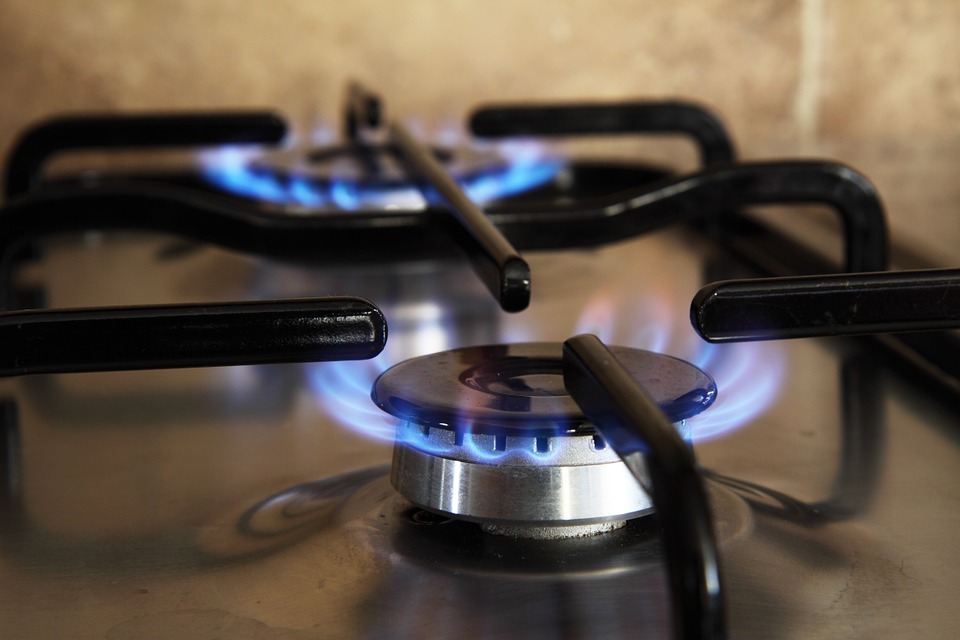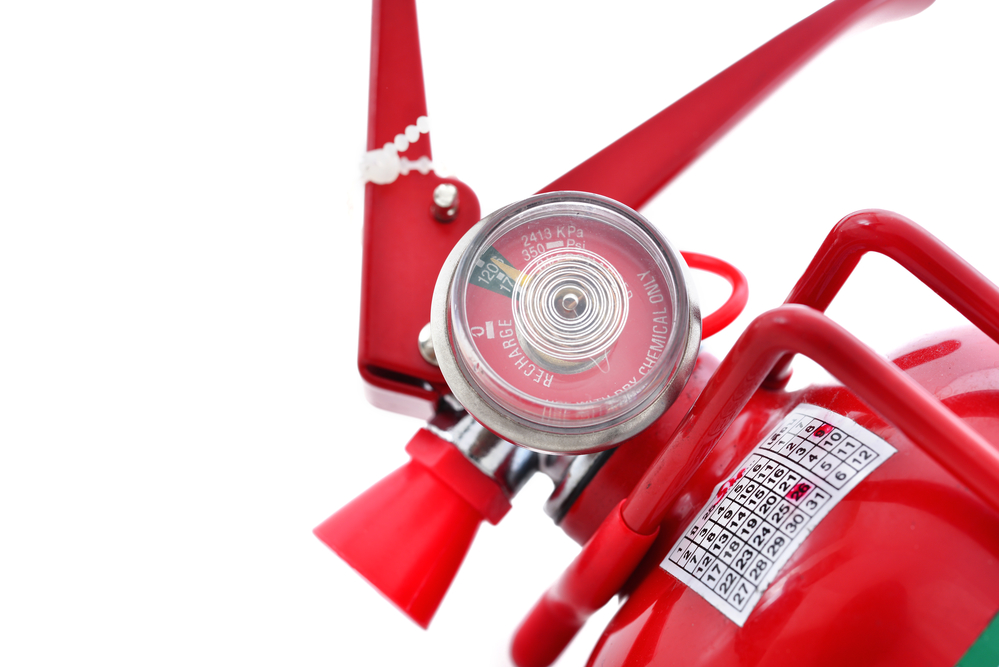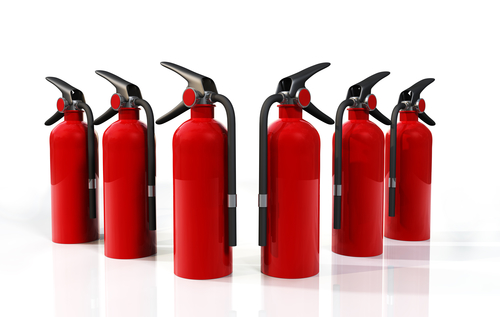When it comes to preparing for fire emergencies, fire extinguishers at home are a vital device to have. However, most people don’t give a second thought about this fire protection tool until they have to use one.
While it’s true that fire extinguishers can help in putting out minimal or small fires, these devices may be of little value when they haven’t been kept in the best operating condition.
In today’s post, we’ll share some essential tips on how to properly maintain your fire extinguishers at home.
Types of Fire Extinguishers
First, let’s talk about the different types of fire extinguishers. The kind of fire extinguisher you use will depend on what fire you’re trying to put out. According to the U.S. Fire Administration, there are five types of fires with their corresponding five fire extinguishers.

- Class A – cloth, paper, wood, and other ordinary materials
- Class B – flammable liquids
- Class C – electrical appliances
- Class D – metals
- Class K – cooking oils, grease
There are some fire extinguishers built to combat more than one type of blaze. These extinguishers will be classified as such: “BC” or “ABC,” for example.
Fire Extinguishers at Home: Inspection Tips for Homeowners
Fire extinguishers located at home must be checked regularly. These regular checkings ensure that they will be ready for use – should the need to use them arise. Make sure to take the time to read the instructions that come with your fire extinguishers at home. Aside from reading the operational guidelines, learn about the basic parts of the device, and how they work.
This advice is also strongly recommended by the National Fire Protection Association. Here are additional steps to follow in inspecting your home fire extinguishers.
Make sure the fire extinguishers are easily accessible.
This step is simple and straightforward. You would not want the fire extinguishers to be hidden in the back of your kitchen cabinet or closet. All your fire extinguishers at home must be easy to retrieve – without any obstructions on the way to get them.
Check the pressure gauge of your fire protextion device.

Many models of fire extinguishers have a pressure gauge.
This gauge shows whether the fire extinguisher is in the correct operating condition or not. If your fire extinguisher has a pressure gauge, see if the needle of the gauge is showing correct pressure.
If the extinguisher includes a test indicator, try pressing it to check that the pressure reading is within the right range.
The instructions that come with the extinguisher should tell you what you’re looking for.
Check for any physical damage to the device.
Inspect the hoses, nozzles, and can. Look for any rust, dents, or any other physical damage. If you see any significant impairments to the device, it’s most likely time to replace it.
Another helpful tip is to document or write down your inspections on the tag that comes with the device. Include the date and your findings. Doing this step will help you keep track of the fire extinguisher’s inspection history.
Clean the fire extinguisher.
The exterior of the fire extinguisher is the part you can keep clean. Check for any grease, oil, or dust and wipe it with a damp cloth or paper towel.
According to the USFA, some models of fire extinguishers may require to be shaken once a month. Some may also need to be pressure tested annually. Check with your fire extinguisher provider, so you know what maintenance steps you need to take.
Additionally, most fire extinguishers at home are only good to use for four to 15 years. Check the label for the expiration date or most recent maintenance date. If either of the dates is more than a decade ago, get a new fire extinguisher.
